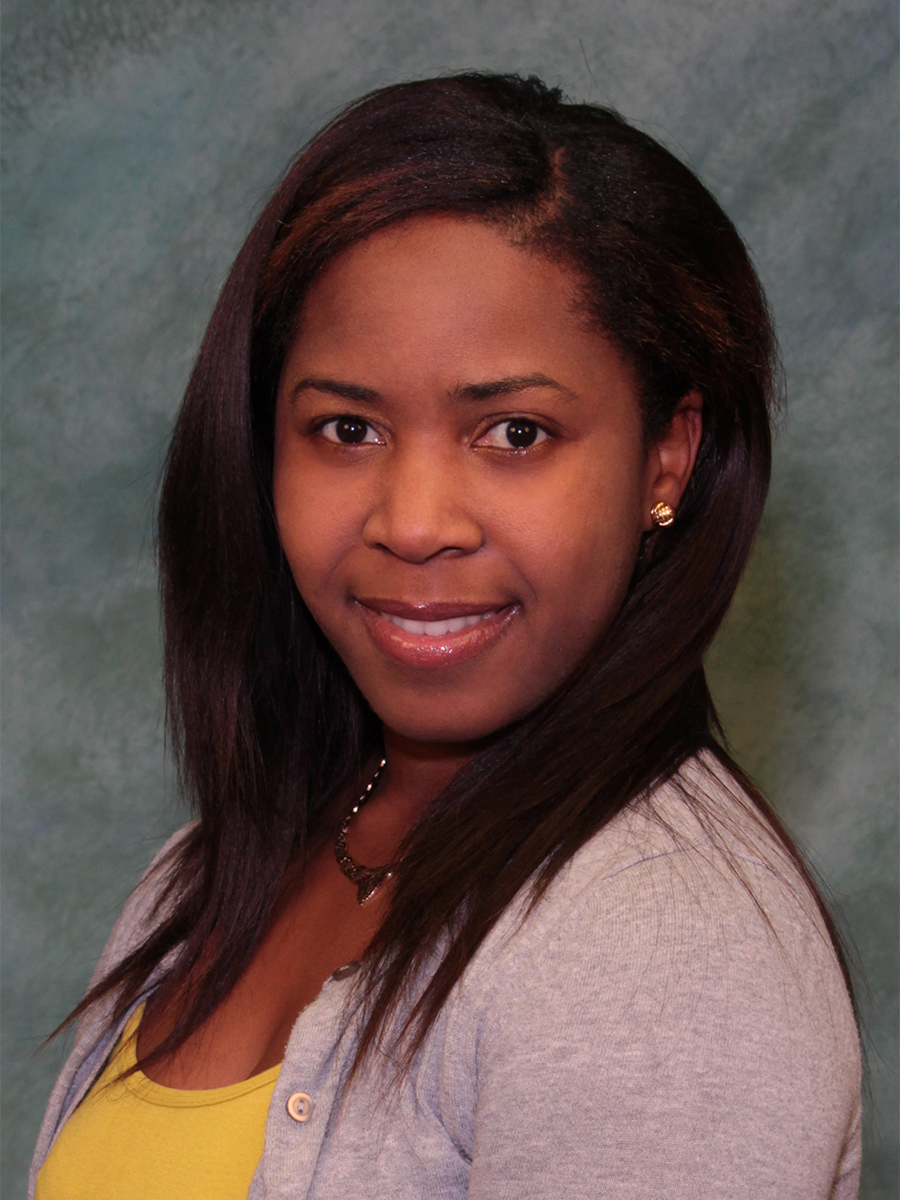Use of Complementary Health Approaches for Musculoskeletal Pain Disorders Among Adults: United States, 2012
Posted on by
Questions for Tainya C. Clarke, Ph.D., M.P.H., Health Statistician and Lead Author on “Use of Complementary Health Approaches for Musculoskeletal Pain Disorders Among Adults: United States, 2012”
Q: Why did you focus on musculoskeletal pain disorders like sciatica, joint pain, and arthritic conditions and the use of complementary health approaches to address them – versus another health condition that causes pain?
TC: I focused on these types of pain disorders, along with the use of complementary health approaches, because such a large number of adults experience this type of pain. More than 50% of U.S. adults, approximately 125 million Americans, suffer from one or more musculoskeletal pain disorders.
Q: What differences, if any, did you observe in complementary health approach use between the population with musculoskeletal pain and those without that type of pain disorder?
TC: In 2012, 41.6% of adults with a musculoskeletal pain disorder used one or more complementary health approaches compared with 24.1% of adults without a musculoskeletal pain disorder. Use of natural products was almost twice as high among persons with musculoskeletal pain disorders (24.7%), compared to those without (13.4%).
Q: For which musculoskeletal pain disorder did most Americans seek complementary health approach treatment?
TC: Persons with neck pain or problems (9.2%), lower back pain (10.3%), and sciatica (11.2%) were more likely to use a complementary health approach to treat their disorder — compared with those with non-arthritic joint pain or other joint conditions (6.4%), arthritic conditions (6.6%), and other musculoskeletal problems (4.1%).
Q: What is the most popular complementary health approach treatment used by Americans with musculoskeletal pain disorders?
TC: This report shows that practitioner-based approaches are the most popular among U.S. adults with musculoskeletal pain. These approaches include chiropractic or osteopathic manipulation, massage therapy, and Trager psychophysical integration. The prevalence of use of practitioner-based approaches (9.7%) was more than three times that of use of other types of complementary health approaches among persons with any musculoskeletal pain disorder.
Q: What do you think is the most significant finding in your new study?
TC: Probably most noteworthy is the fact that, among adults with a musculoskeletal pain disorder, almost 14%, or 1 in every 7, used a complementary health approach to treat their disease.